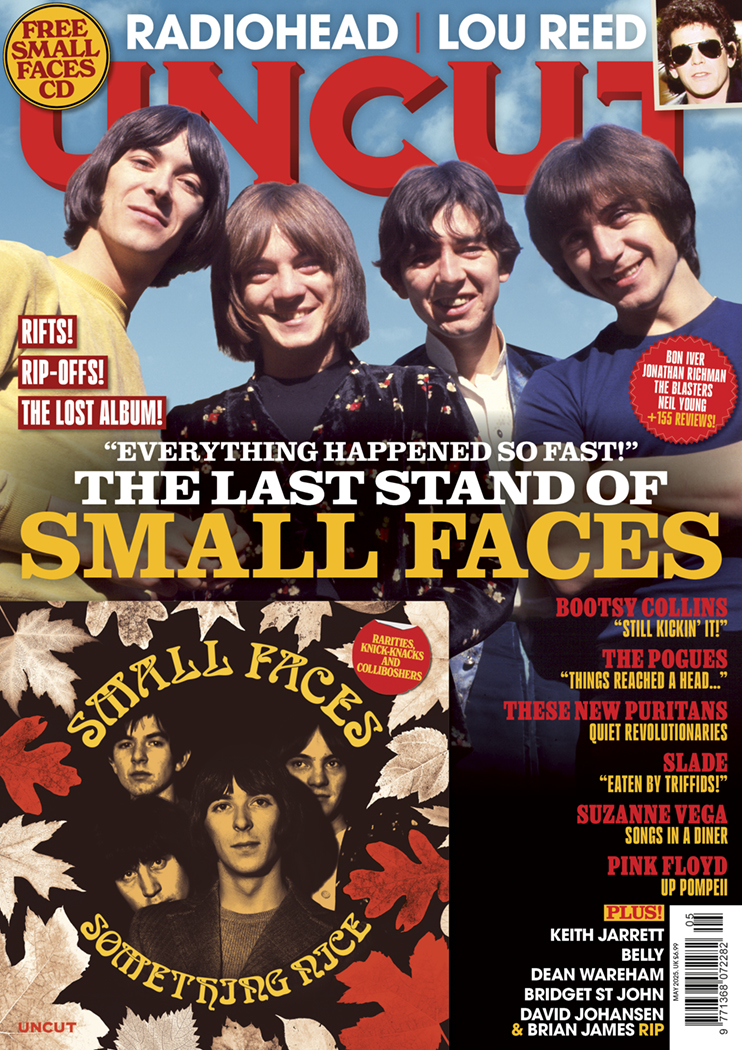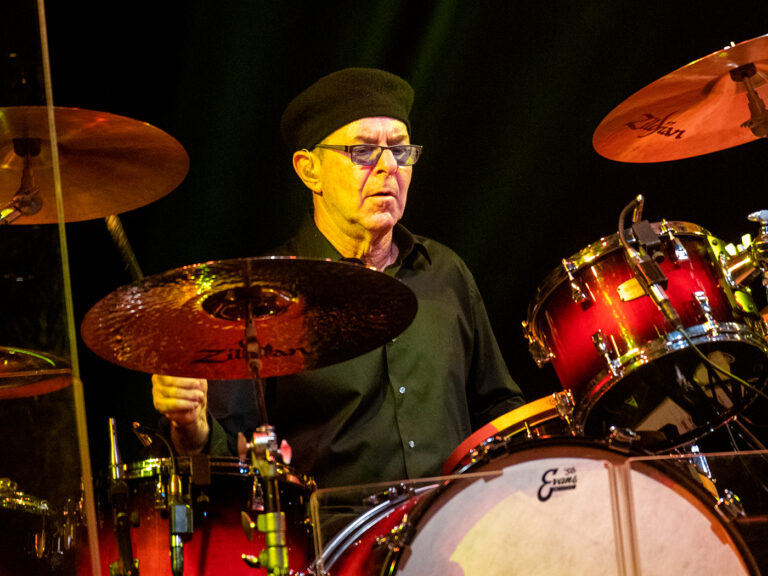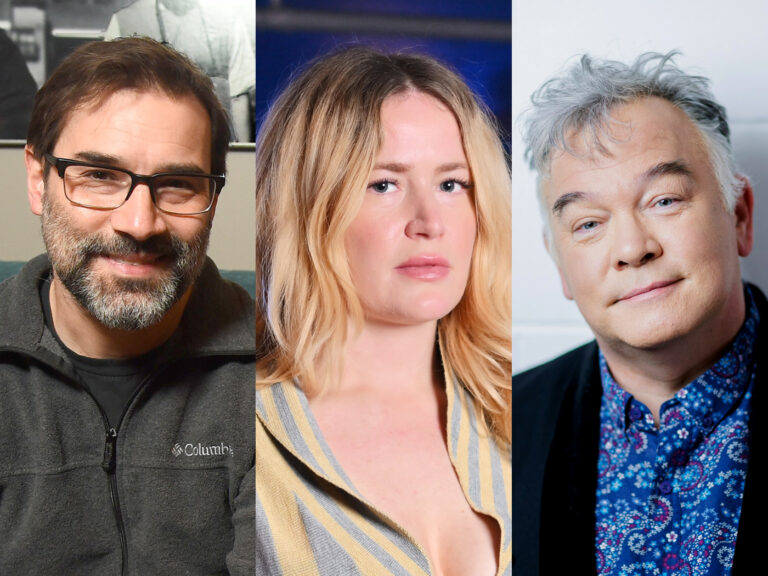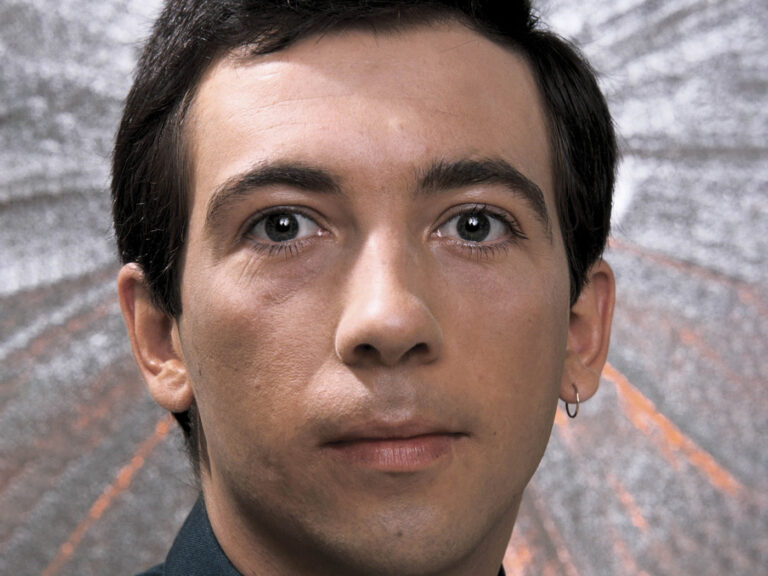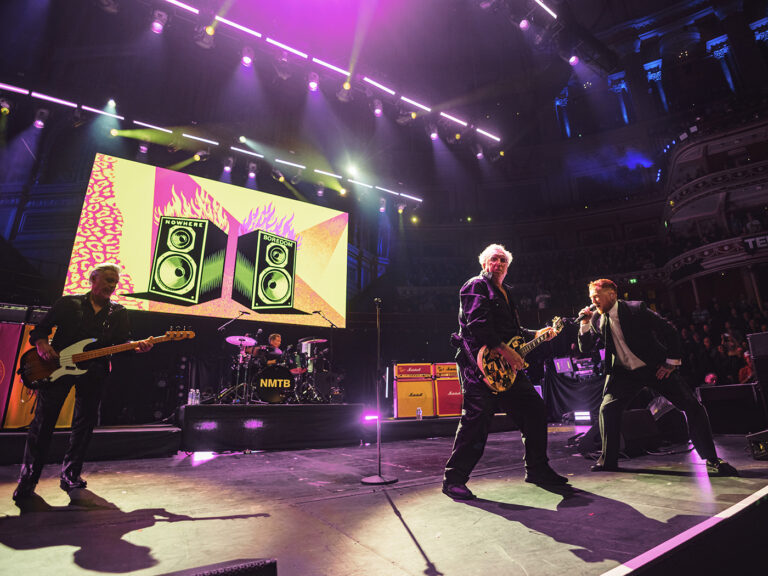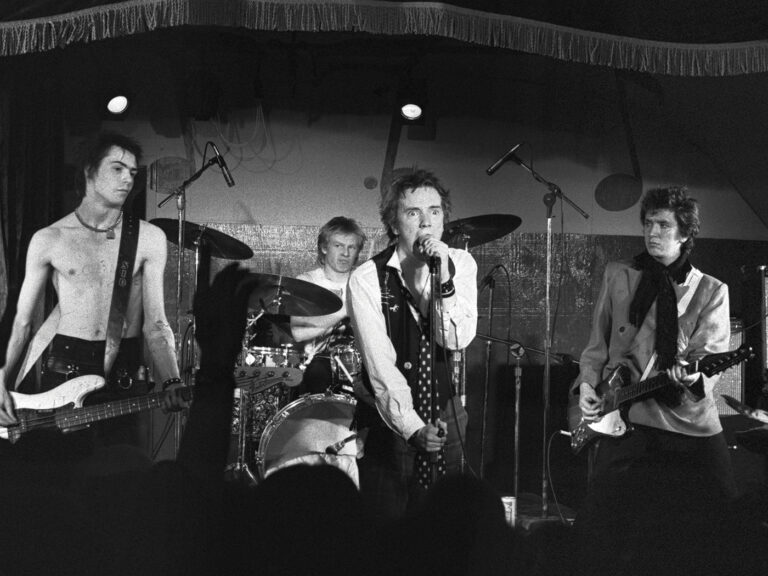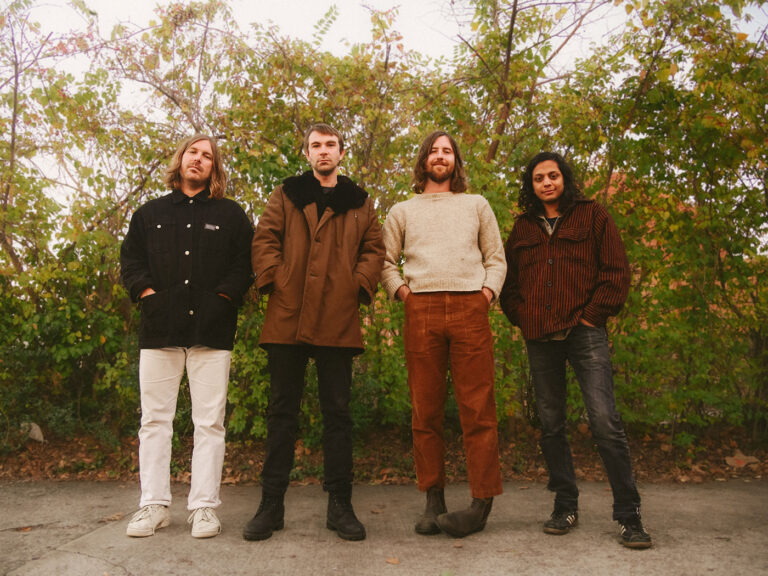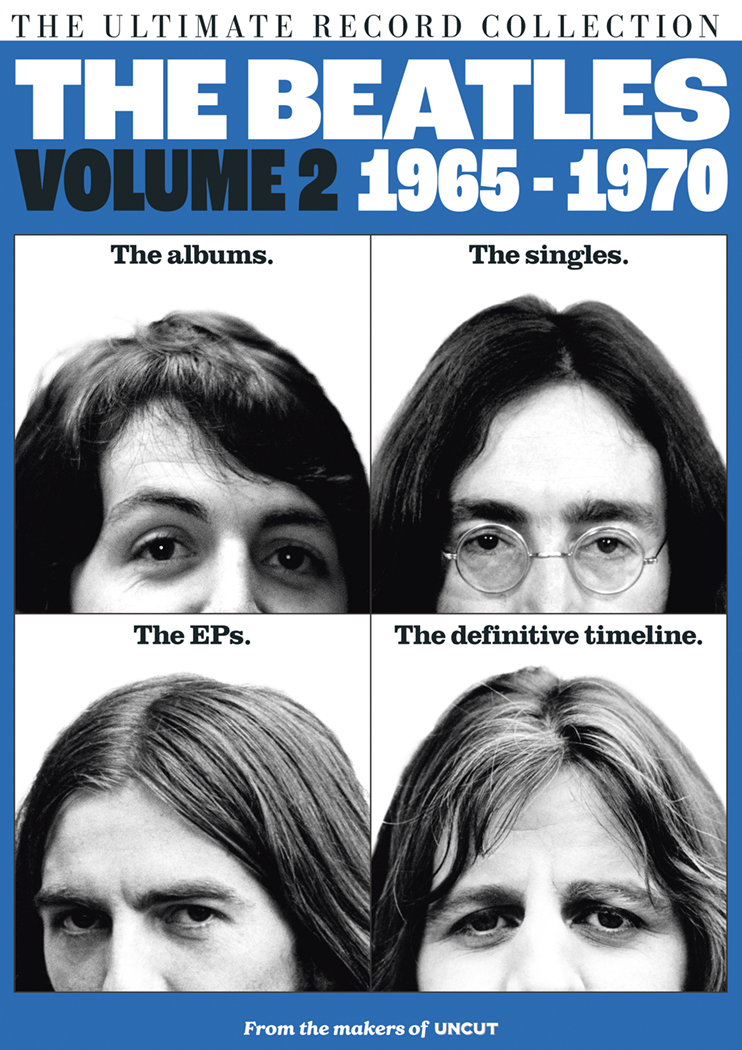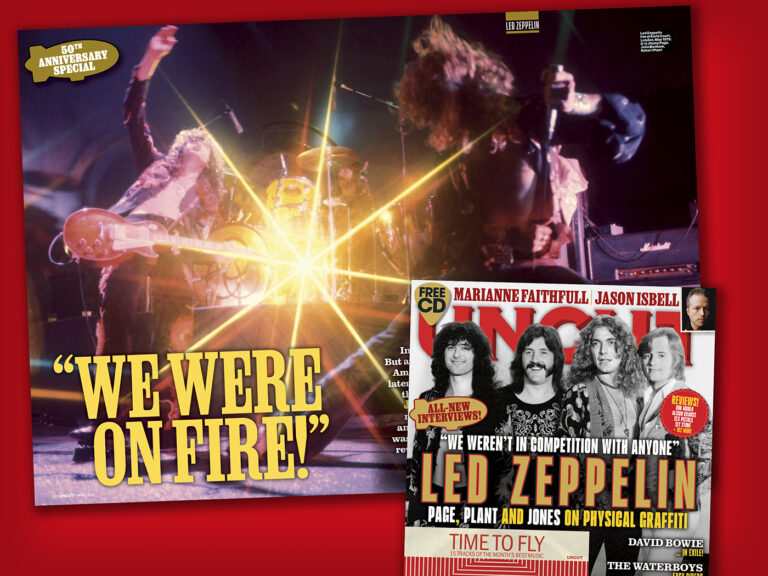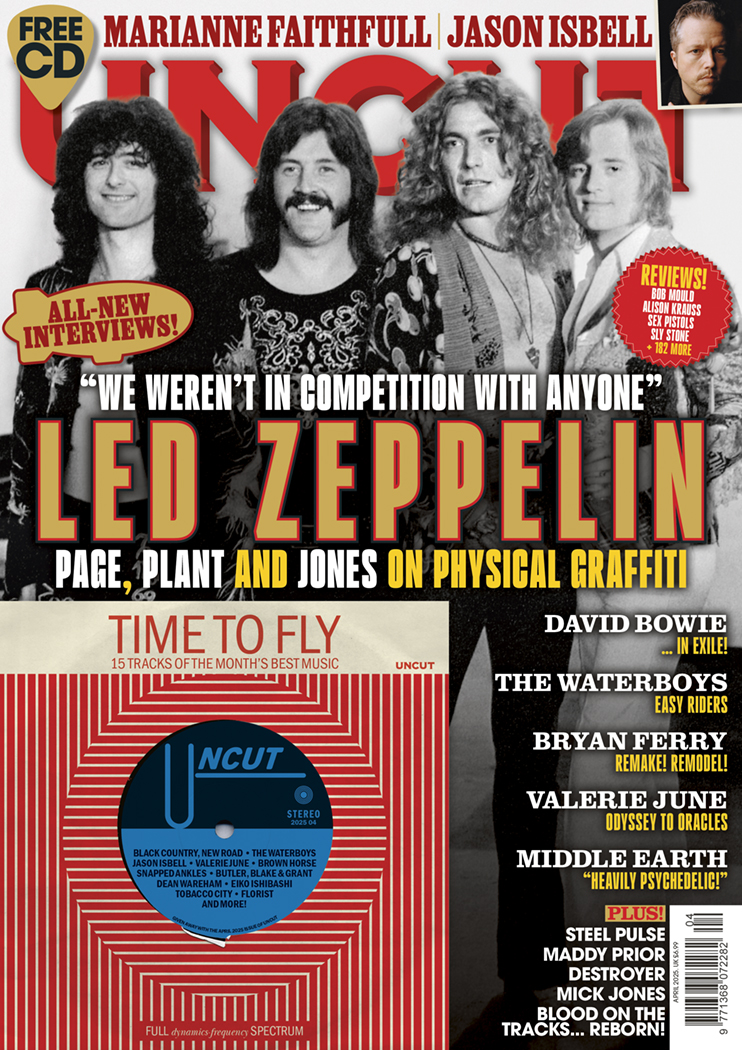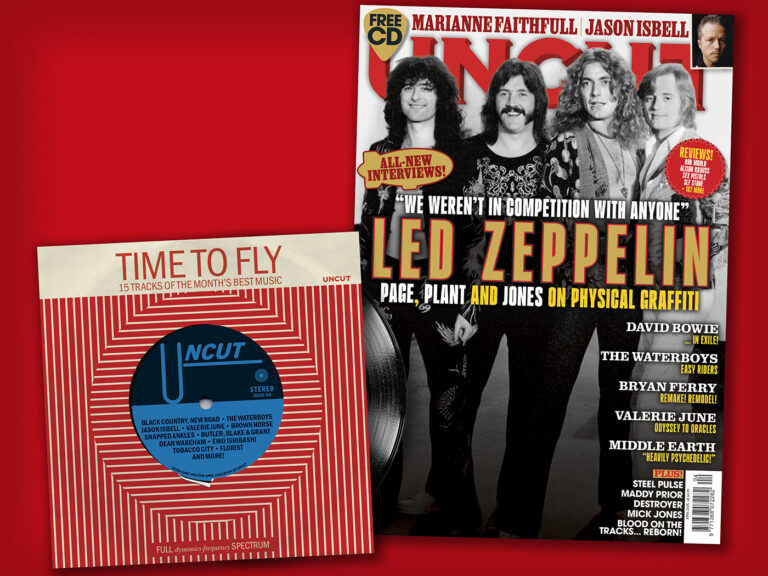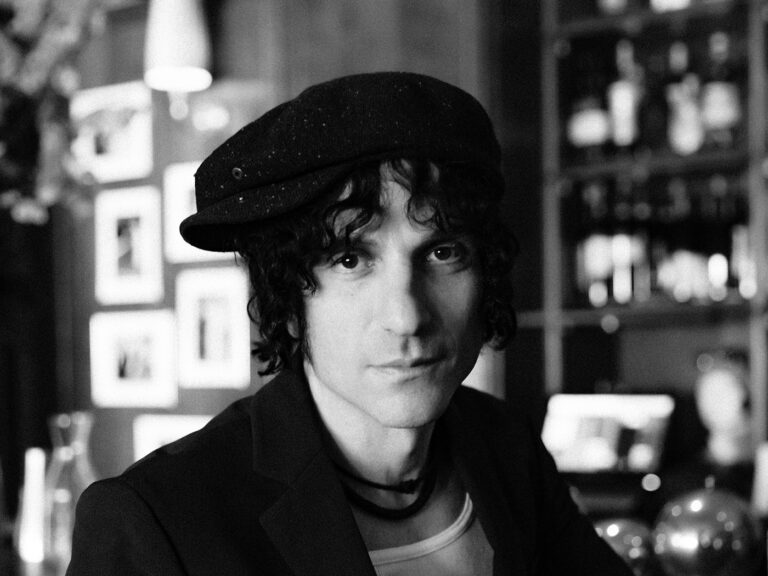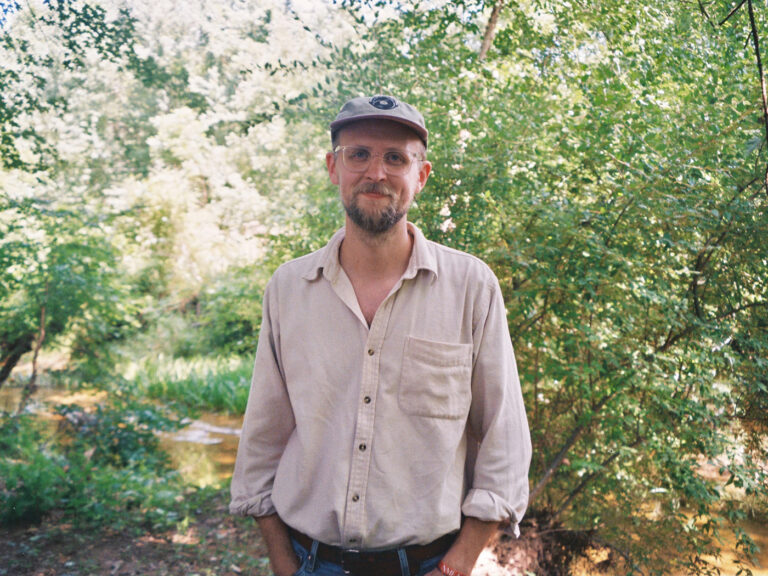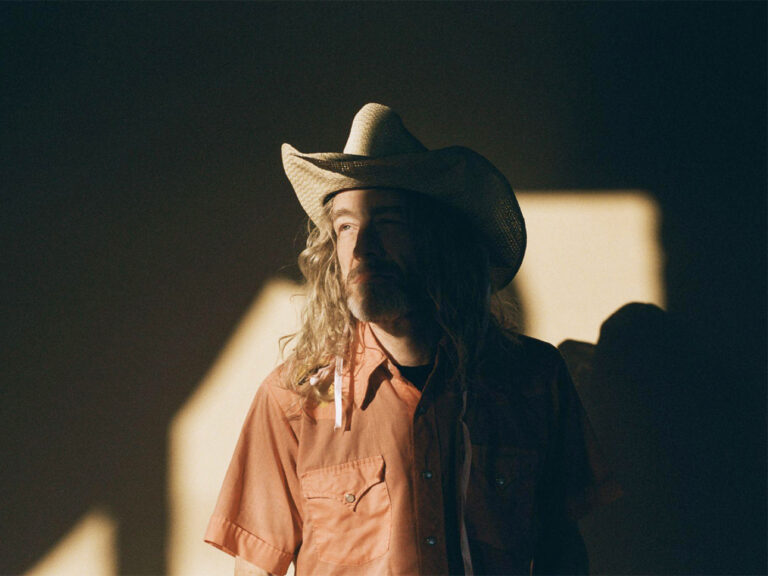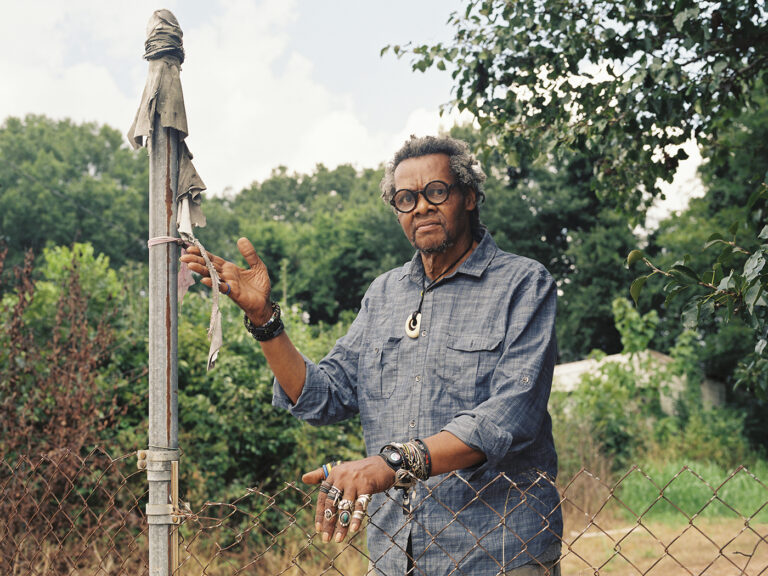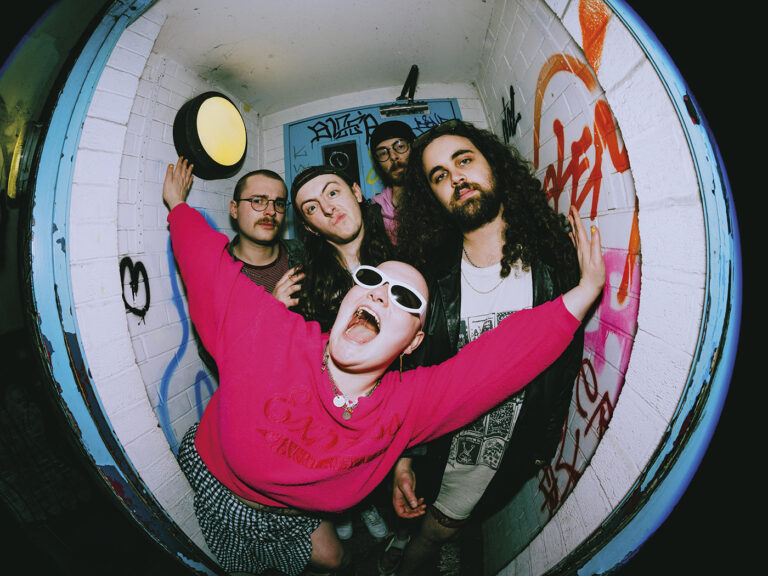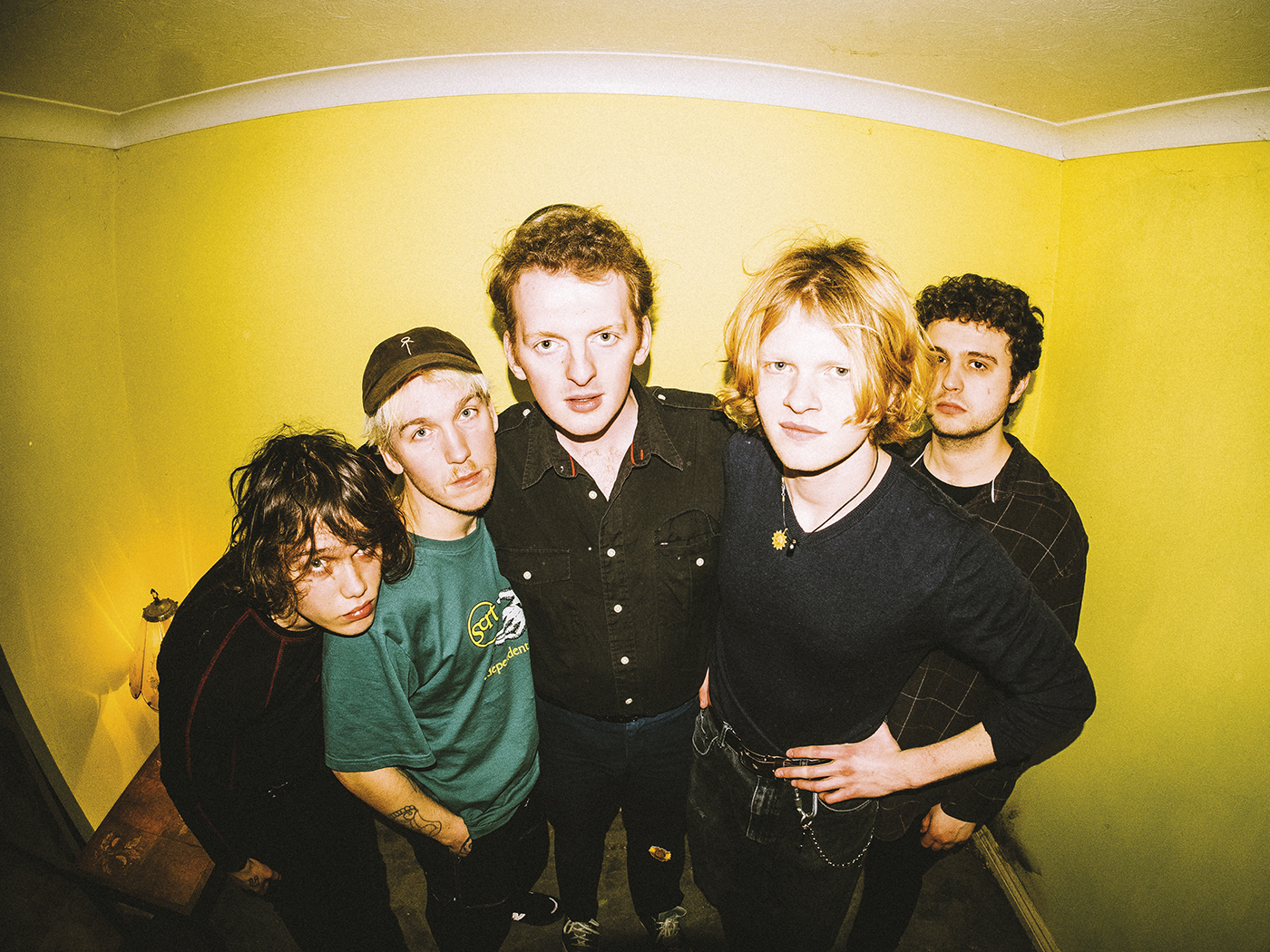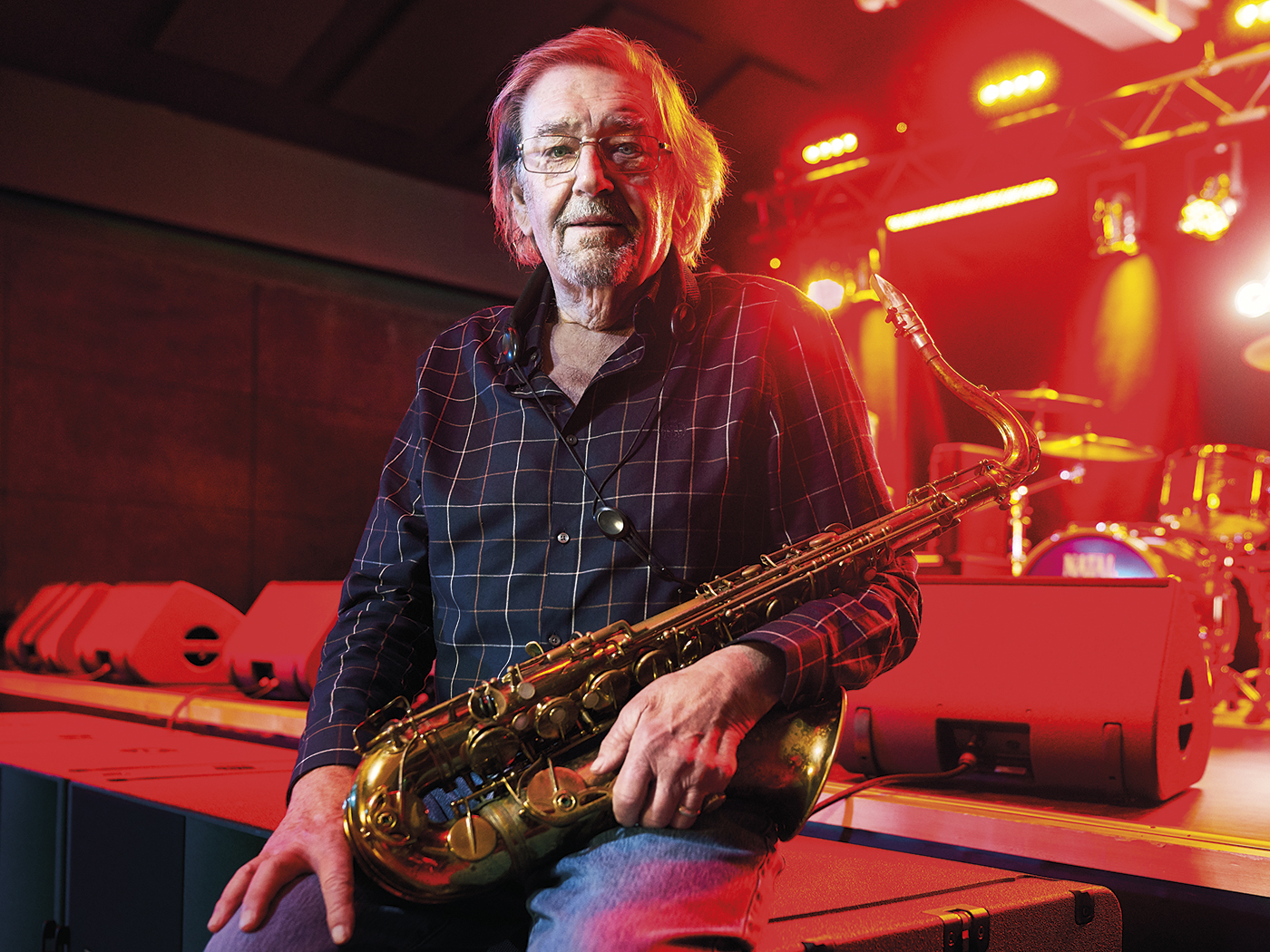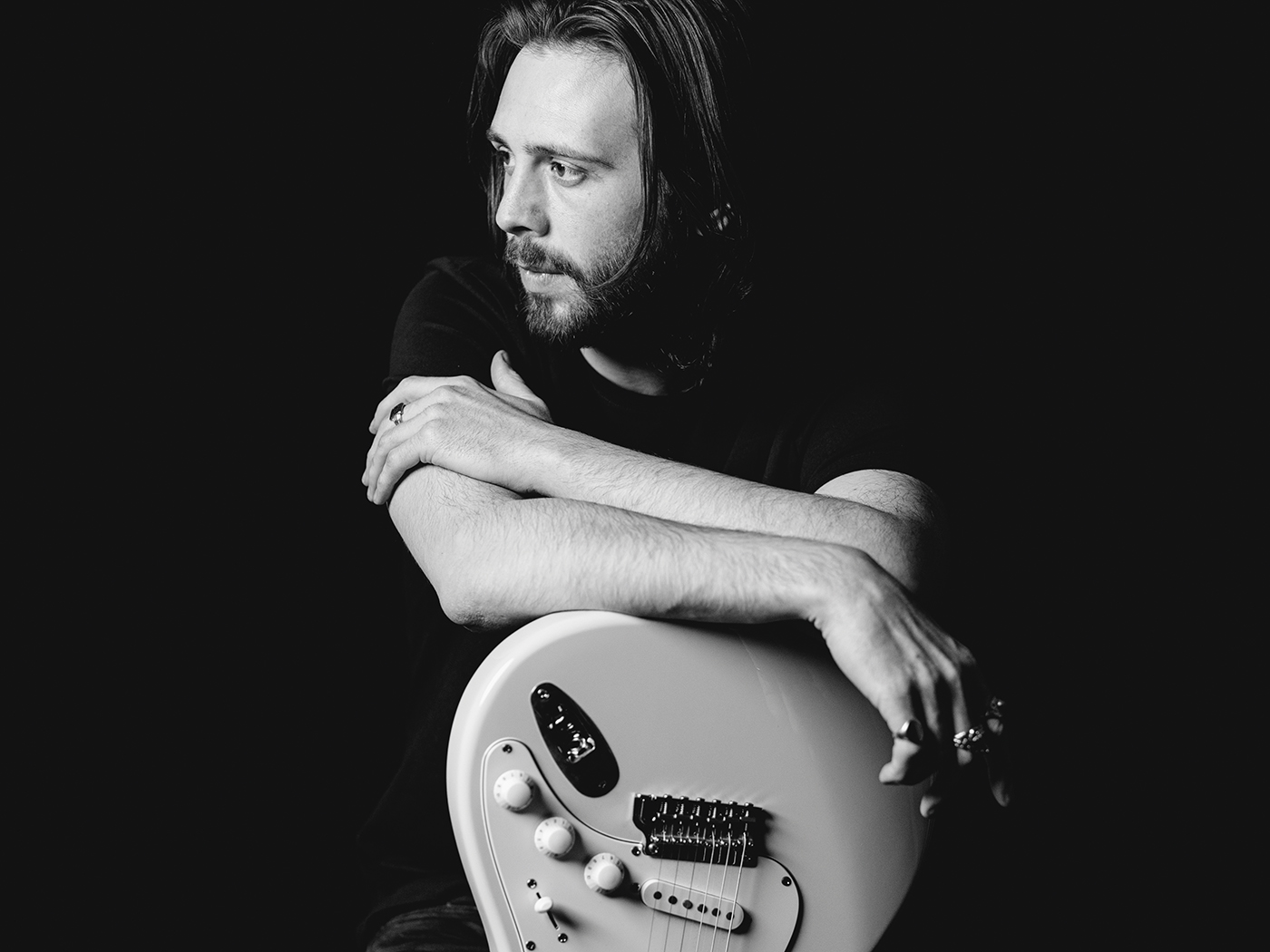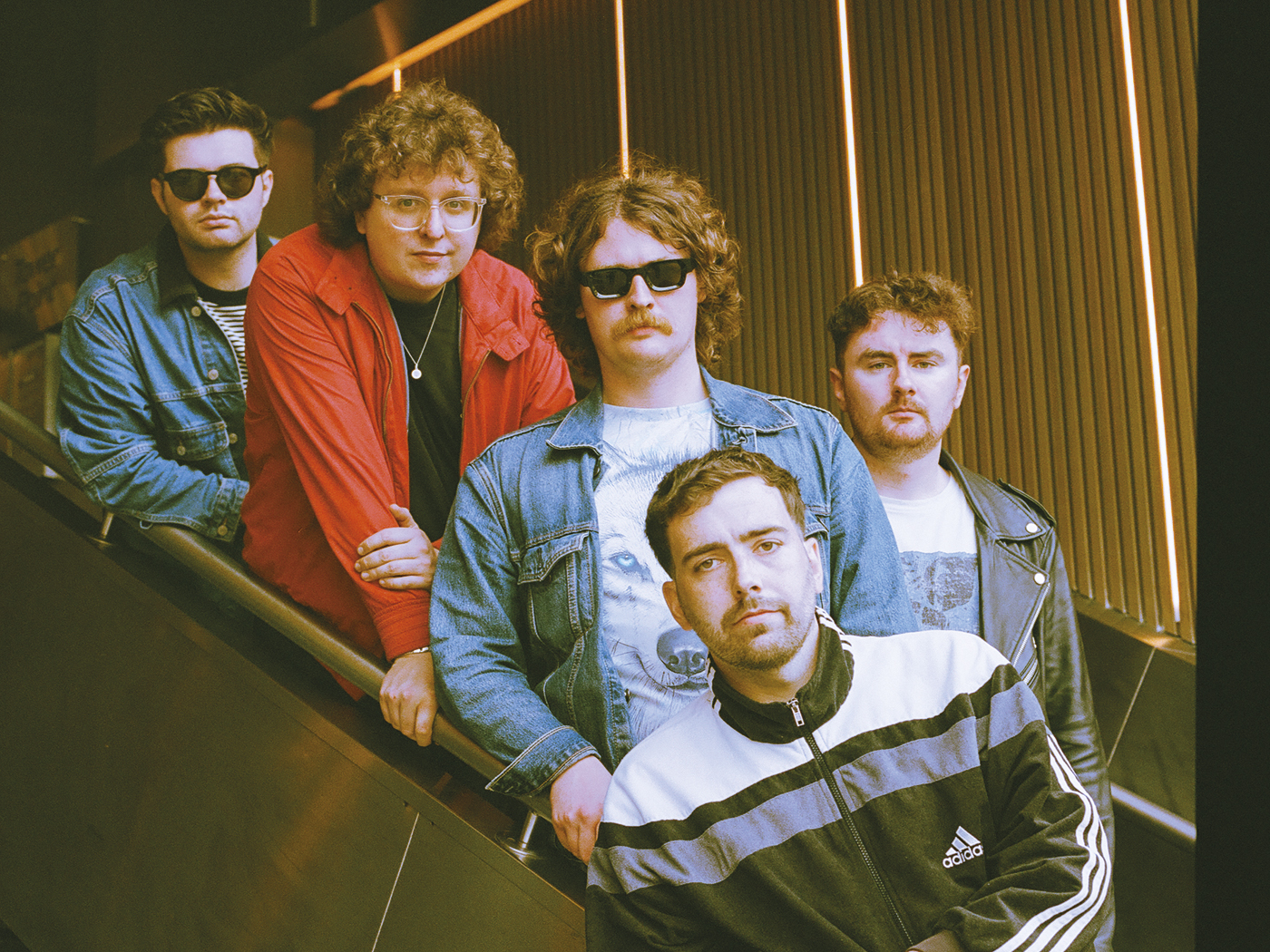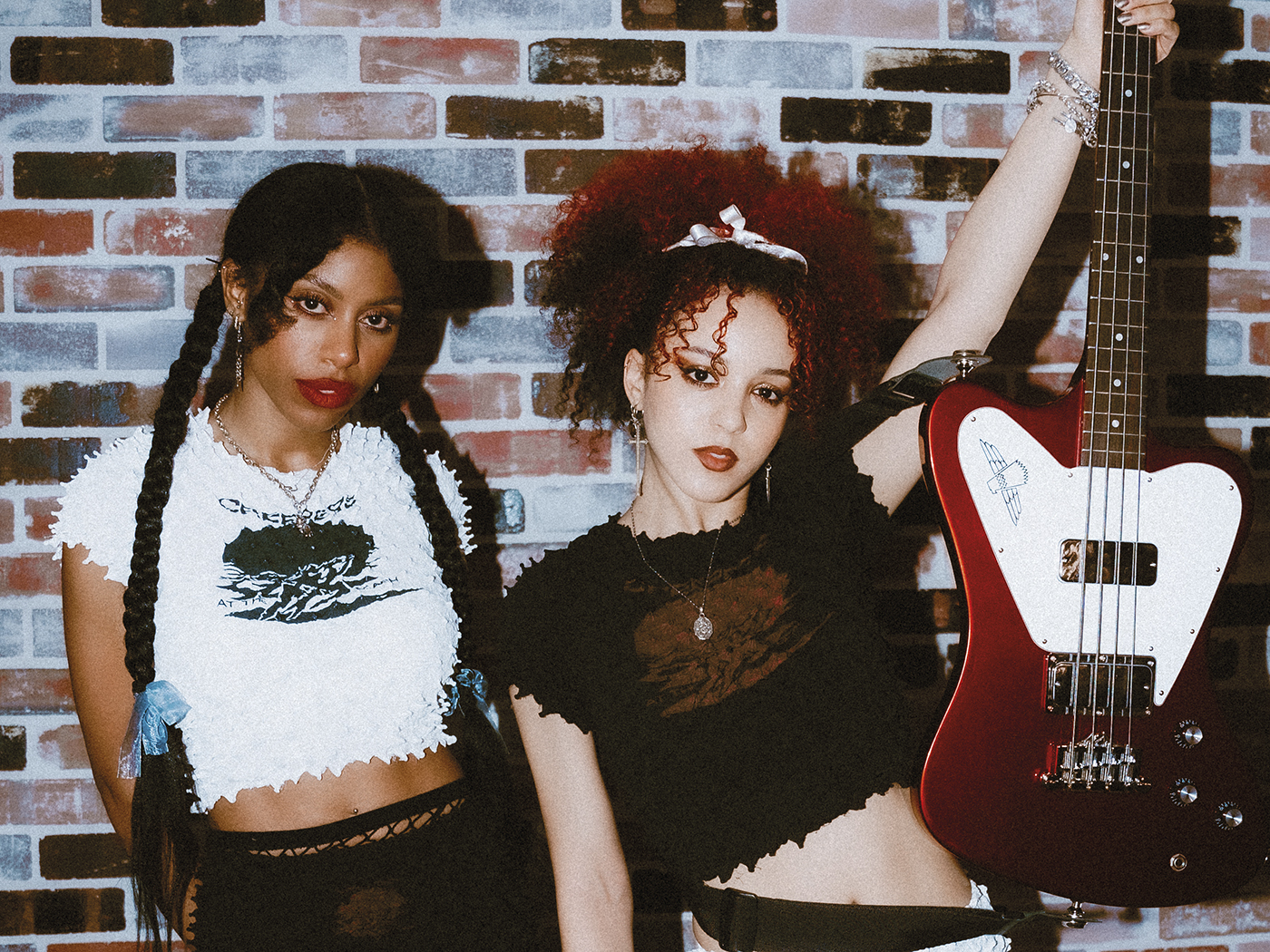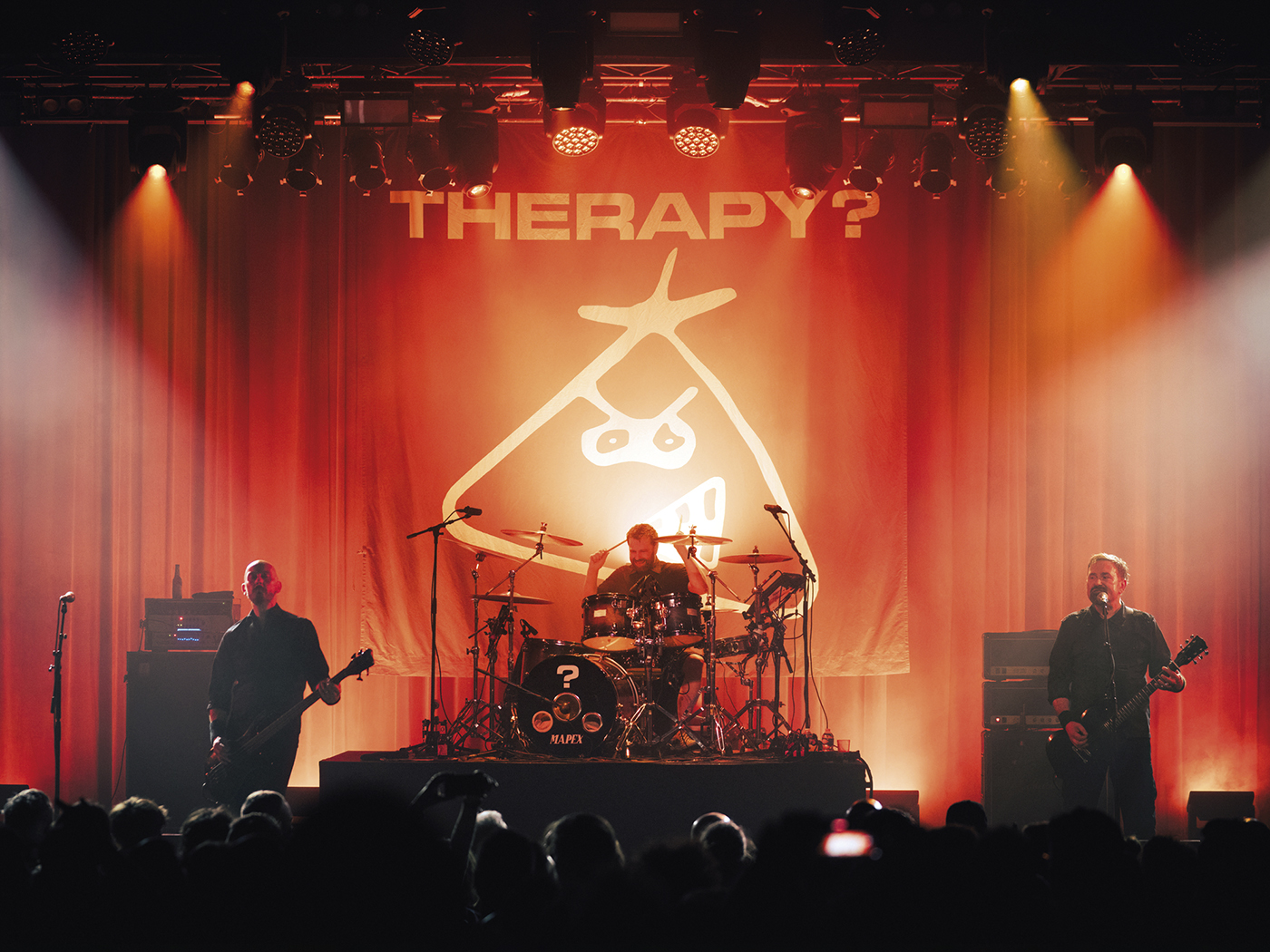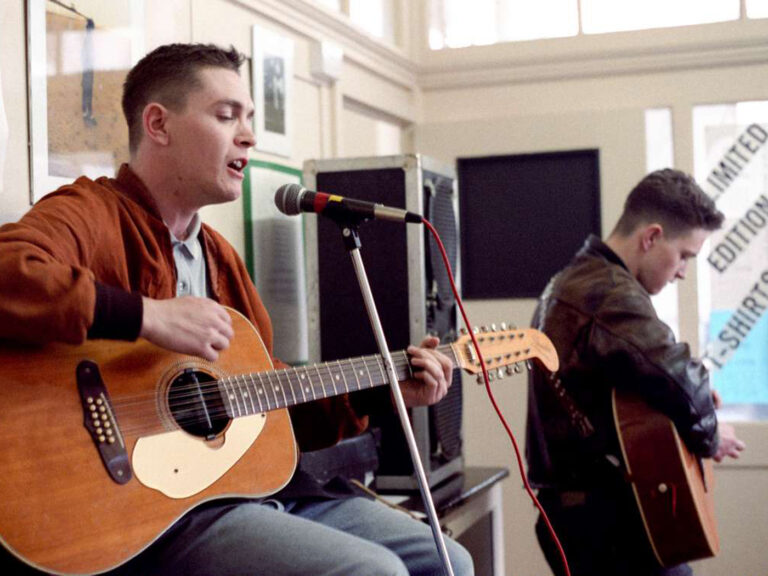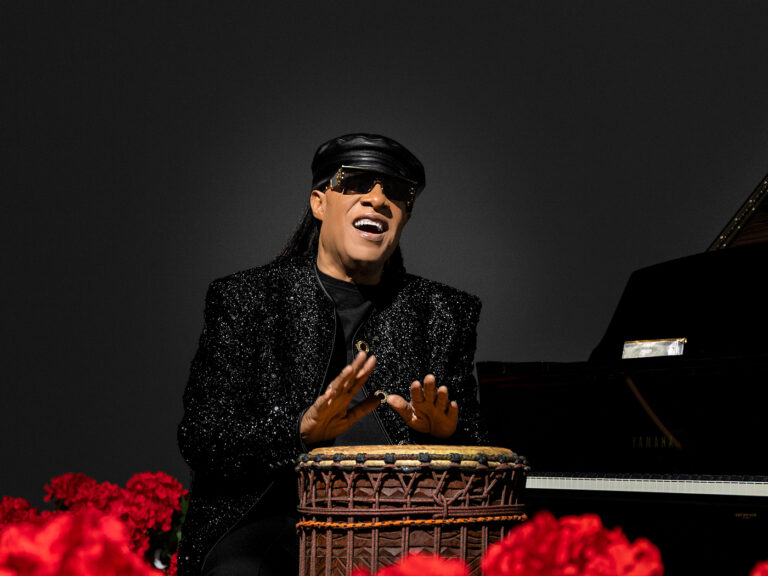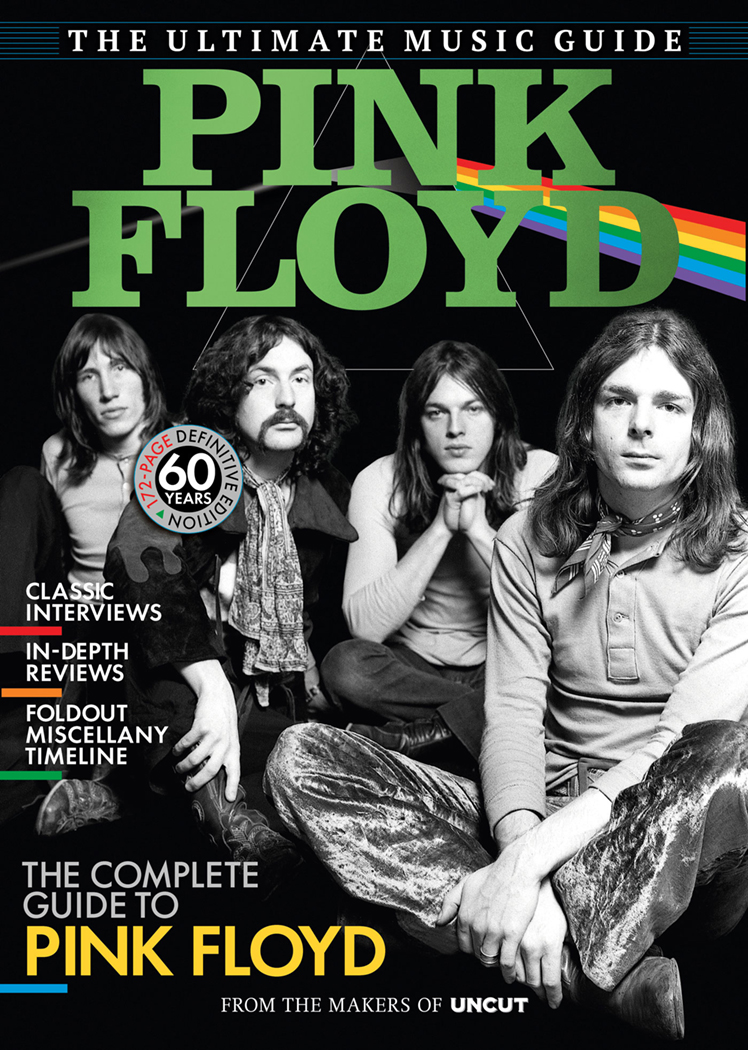CLICK HERE TO GET THE NEW ISSUE OF UNCUT DELIVERED TO YOUR DOOR
EVERY PRINT EDITION OF THIS ISSUE OF UNCUT COMES WITH A COPY OF SOMETHING NICE – A FREE AND EXCLUSIVE SMALL FACES CD OF ALTERNATE MIXES, RARITIES AND LIVE CUTS
SMALL FACES: 1968 was a year of extremes, from hit singles and a career-defining album to a final, on-stage bust-up. But while the bonds between them were strained by internal tensions and external dramas, the music Steve Marriott, Ronnie Lane, Ian McLagen and Kenney Jones made in their final months together pointed tantalizingly in bold, new directions…
LOU REED: In 1975, Metal Machine Music almost destroyed its creator’s career. But was it a drug-crazed act of self-sabotage, a venomous rebuke to a record label expecting hits… or the latest in a long line of experimental projects Reed had pursued since his earliest musical forays?
BOOTSY COLLINS: 73-years-young, P-Funk’s talismanic showman is still the No #1 Funkateer, full of tales about the glory days aboard the Mothership, life lessons from James Brown and misadventures in the Bermuda Triangle.
RADIOHEAD: The Bends was both Thom Yorke and co’s reaction to sudden fame and their first experimental art-rock blockbuster. On tour in America with R.E.M. in 1995, backstage pranks and on the road ennui helped make sense of their place at music’s top table.
THESE NEW PURITANS: From their base in the Essex hinterlands, sonic mystics Jack and George Barnett have created a singular body of work that has evolved beyond its nervy post-punk roots to encompass English classicism, visionary pop and taut, experimental music.
DEAN WAREHAM: From Galaxie 500 onwards, the singer-guitarist has been making quietly influential indie-rock for almost 40 years now. But that’s only part of a story that runs from New Zealand to Harvard, from supporting The Velvet Underground to a parallel career in film.
SUZANNE VEGA: The quintessential New York singer-songwriter on rats, remixes and “Luka”.
BELLY: Misheard lyrics, a Pixies tour and a studio “taskmaster” contribute to the genesis of an early-’90s indie-pop gem.
REVIEWED: New albums by Kassi Valazza, Bon Iver, William Tyler, Benmont Tench, Hawkwind, Jerry David DeCicca, Evan Parker, Salif Keita, Màiri Morrison & Alasdair Roberts; archive releases by The Blasters, Lonnie Liston Smith, Jeff Bridges, Henry Badowski and Julee Cruise; Jonathan Richman and Sturgill Simpson live; Pink Floyd, Neil Young and John & Yoko on Screen Extra and The Shangri-Las and Mike Campbell in books.
PLUS: David Johansen and Brian Jones depart; Slade In Flame at 50; Bridget St John returns; Oasis unseen; Keith Jarrett‘s Kohn concert: the documentary!; Peter Capaldi‘s favourite albums… and introducing indie-folk quartet, Florist.
CLICK HERE TO GET THE NEW ISSUE OF UNCUT DELIVERED TO YOUR DOOR


